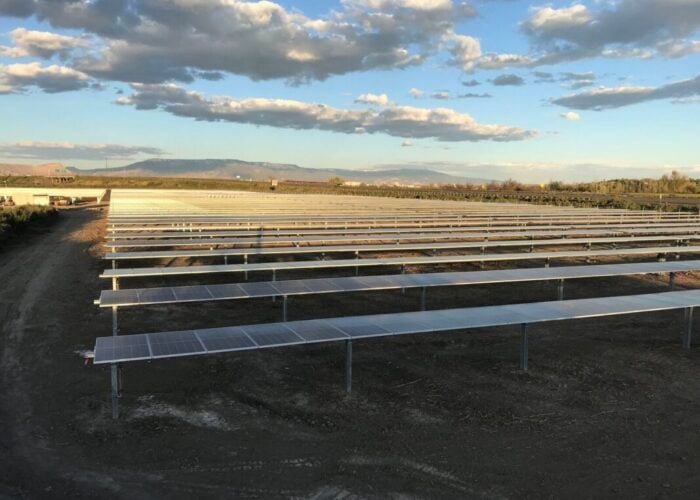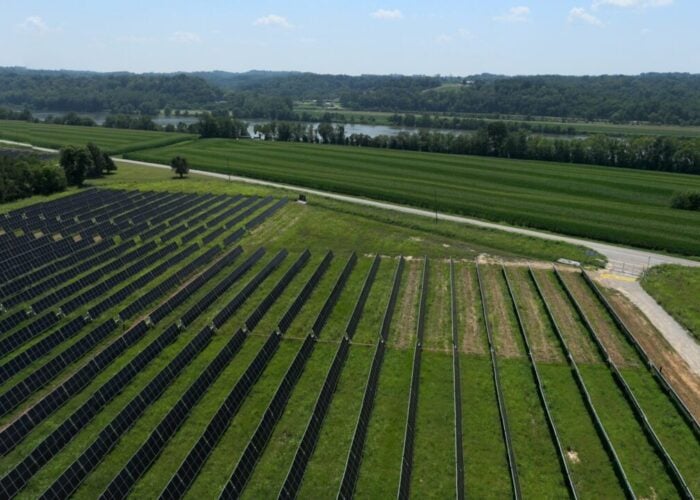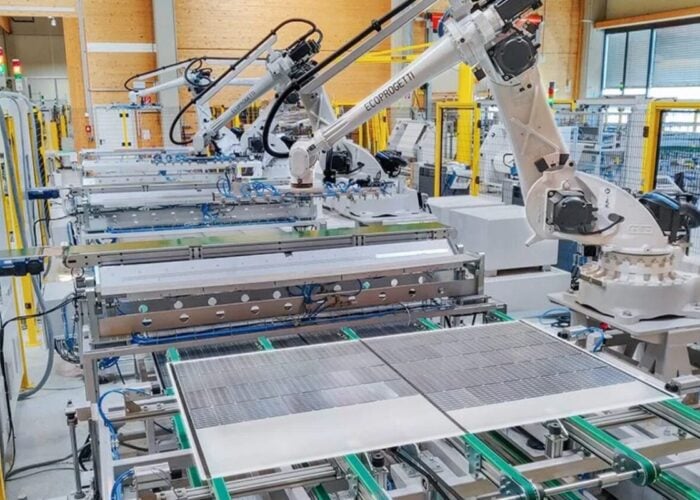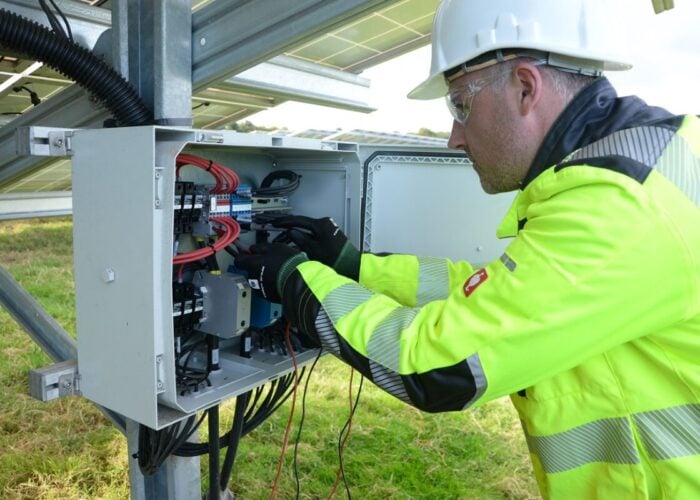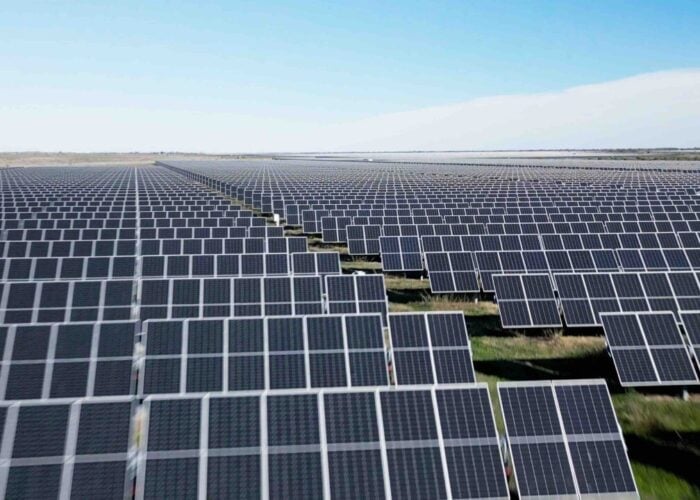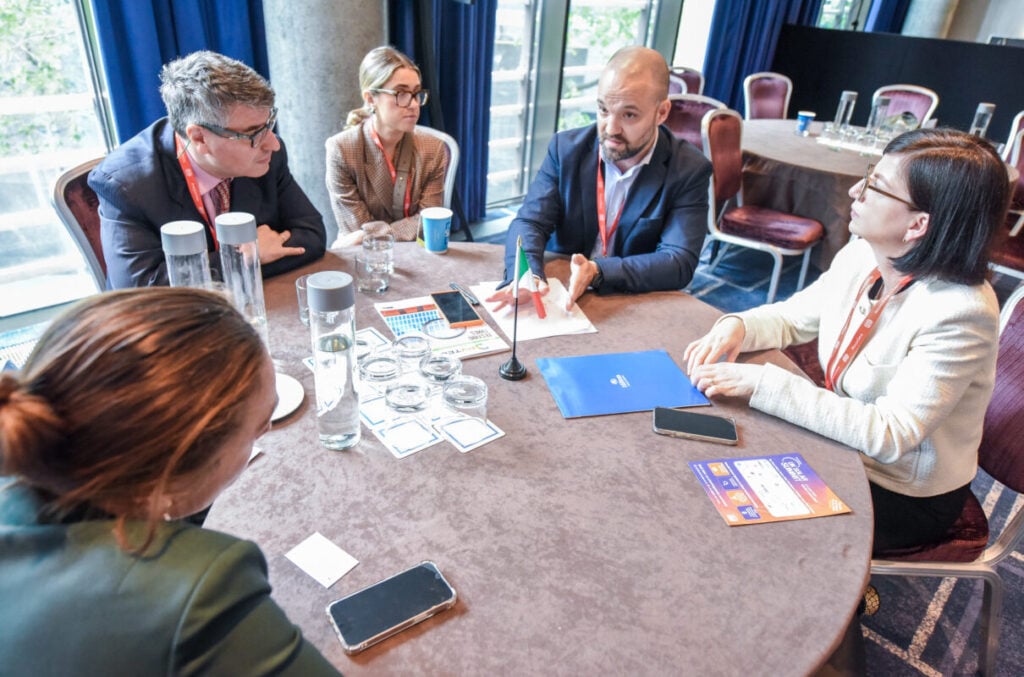
Independent power producers (IPPs) across Europe are rapidly adapting their business models and approach to structuring power purchase agreements (PPAs) as negative power prices become increasingly prevalent. Industry leaders have pointed to a combination of market reforms and technological solutions as the way forward.
According to BloombergNEF’s senior associate of European power markets, Arhnue Tan, the situation has intensified significantly.
Try Premium for just $1
- Full premium access for the first month at only $1
- Converts to an annual rate after 30 days unless cancelled
- Cancel anytime during the trial period
Premium Benefits
- Expert industry analysis and interviews
- Digital access to PV Tech Power journal
- Exclusive event discounts
Or get the full Premium subscription right away
Or continue reading this article for free
“In Spain, we’ve got 247 hours [of negative prices] last year” Arhnue tells PV Tech. “If our numbers are correct, the entirety of 2024 has been covered already by the first four-plus months of 2025, that’s how severe it is.” Arhnue continued to explain, “Additionally – in Germany, negative hours occurred 5% (456 hours” of all hours in 2024 and a similar trend is repeating itself year-to-date in 2025.”
A similar picture is taking shape across Europe. This surge in negative pricing events stems from several key factors, including technical limitations of conventional power plants with technical minimums, legacy renewable energy support schemes and the growing penetration of renewable assets onto European grids cannibalising power prices.
In response, companies have sought to minimise risk in their investments where possible.
“We were probably one of the first to not take on negative price risk,” explains Aldevinas Burokas, CEO of Golden Peaks Capital Trading, which has eliminated merchant risk from all of its PPAs, enabling it to mitigate negative price risk
“Typically, with our PPAs, when negative prices occur, we curtail so we do not contribute to the oversupply in the grid, but then the buyer pays us full strike price at P50. This allows us to maintain our revenue stream.”
Burokas emphasises the broader market implications: “I do not want to cause further oversupply in the grid because I am then just cannibalising my own business. We’re on the rising tide of negative prices.”
New structural solutions
While some IPPs are exploring additional revenue streams through ancillary services, industry experts caution against over-reliance on these opportunities.
“The problem with ancillary services is they’re very difficult to predict and they’re usually a victim of their own success. If there is money available, the industry piles in and before you know it, it’s one to two years and then [the opportunity] is gone,” Toon van de Plas, Head of Energy Transition Origination at SEFE, tells PV Tech.
The industry is moving towards several structural solutions, including:
- Increased adoption of corporate structures without merchant upside
- Transition from legacy feed-in tariffs to more market-responsive support mechanisms
- Integration of energy storage and flexibility technologies
- Evolution of CfD structures that incentivise self-curtailment based on power prices
European generators argue a key challenge remains educating energy buyers about the fundamental purpose of PPAs from a renewable generator’s perspective. They suggest these agreements are essential for providing steady, predictable revenue streams that developers can use to secure project financing.
Without energy buyers accepting some exposure to negative power price risk, European generators claim the effectiveness of PPAs as a financing tool diminishes.
The European renewable energy sector continues to evolve its approach to negative pricing, with market participants increasingly recognising that collaborative solutions between generators and offtakers will be crucial for sustainable market development.
At the Renewables Procurement & Revenues Summit (21 – 22 May 2025) in London, a collection of corporate and public sector buyers representing over £2.3 billion (US$3.1 billion) in pan-European renewable power procurement budgets will be in attendance.
The event is part of the RPR & Finance Series, which has already highlighted record-breaking investment in the industry, and is backed by a network of leading trade associations and media groups, including Energy UK, Clean Energy Pipeline, Energy Transition Commission, Facilities Management UK and Volta Foundation.
To learn more, visit the RPR Europe website, reach out to Michaela Paul-Smith at [email protected] and use the hashtag #RPR25 on social platforms.

